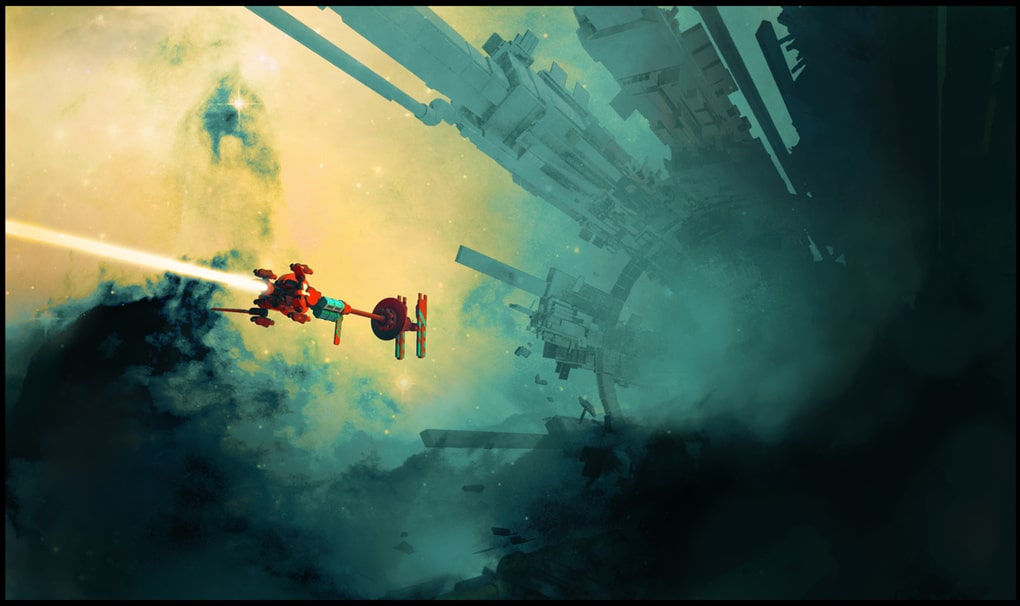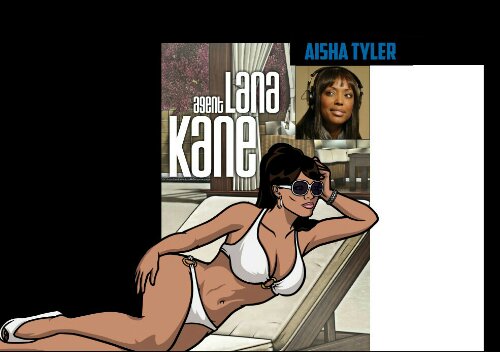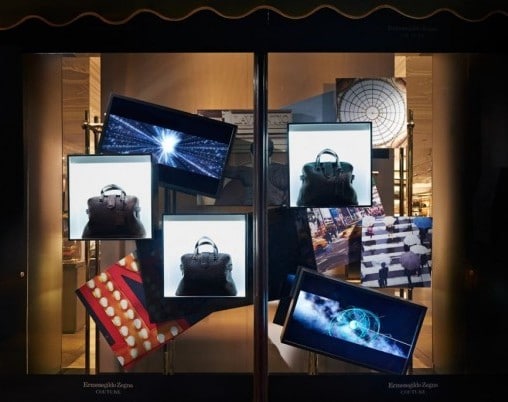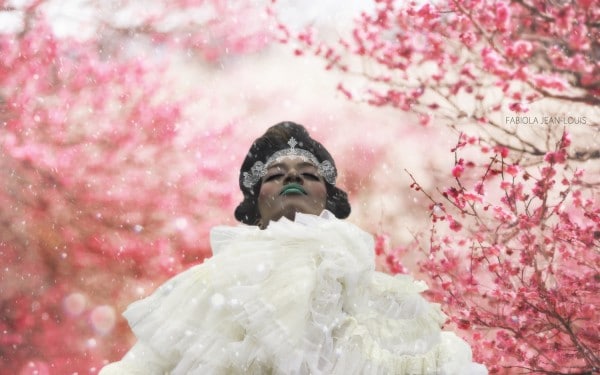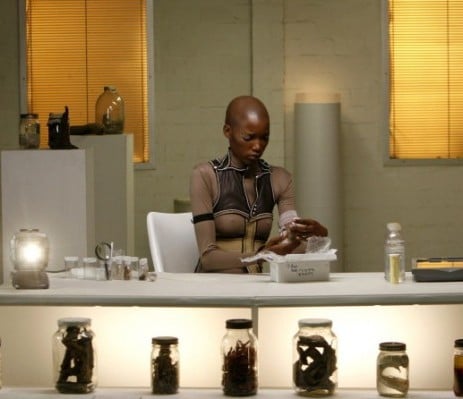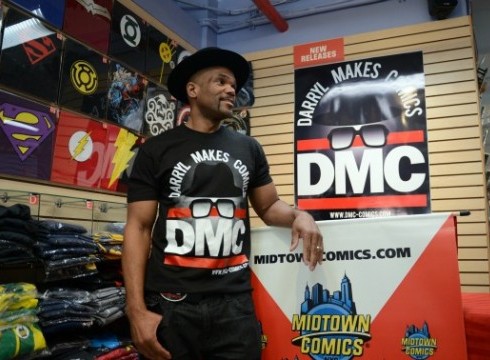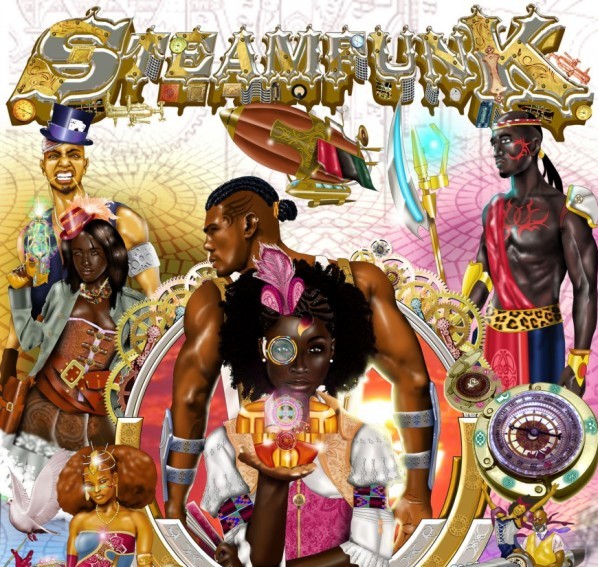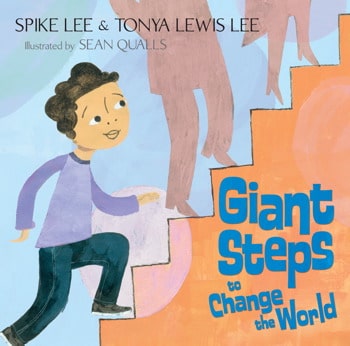In recent years, it has become relatively easier to produce your own short films, TV shows, commercials and music videos. Increased access to technology and platforms on which to display films, such as smartphones, YouTube and Vimeo, and alternative resources for funding to create these films, such as crowdfunding and small artists grants, have ushered in a new era of filmmaking for Black creators. Increased access to the tools and technology for producing films has also given independent filmmakers space to experiment in their work. A brief survey of the contemporary Black independent film scene yields a long and ever-growing list of experimental and Black speculative (including horror, Afrofuturism, sci-fi, fantasy, fan fiction) short cinema, film trailers, music videos and other projects. There are enough Black experimental and speculative films out there to warrant their own festivals and screening series.
The BlackStar Film Festival, for example, is an annual, Philly-based film festival focused on work by and about people of African descent, featuring films that are often overlooked from directors, writers and producers working in narrative, documentary, experimental and music video filmmaking. This past year, BlackStar screened The Next Movement: Experimental Shorts, featuring, among others, Afronauts directed by Frances Bodomo, moonrising directed by Terrance Nance, and Negus: Lee “Scratch” Perry directed by Invernomuto. The Future Weird, a Brooklyn-based short film screening series curated by Derica Shields and Megan Eardley, features sci-fi, experimental, speculative and weird short films by directors from Africa and the Global South envisioning the future. The Future Weird screens films along several themed tracks, including Remote Control, Non-Resident Aliens, Visions of Excess, and In Search of a Black Atlantis; with each screening drawing on a range of materials: commercials, music videos, newsreels, and colonial archives, and frame films. Black Radical Imagination is a traveling short film series that focuses on futuristic, surreal, sci-fi, and experimental narratives that provide visions and commentary on post-modern society through the state of current Black culture. Curated by Erin Christovale and Amir George, Black Radical Imagination has themed installments that feature shorts by Jacolby Satterwhite, Cauleen Smith, Jabari Zuberi, and others.
If you aren’t within reach of a film festival and if an Afrofuturist film series isn’t traveling soon to a location near you, you are still in luck — many experimental, Black speculative short films are available online for free. Pumzi, a post-apocalyptic short sci-fi film by Kenyan director Wanuri Kahiu, can be found on Youtube. Noise Gate by Donovan Vim Crony, an experimental sci-fi short film about a dimensional traveling scientist who is in search of the ultimate reality, can be screened online at Vimeo. Danger Word, directed by Luchina Fisher and adapted for the screen by award-winning writers Steven Barnes and Tananarive Due (My Soul to Keep), is a short horror film about a 13-year-old girl and her grandfather who have survived the zombie plague in his wooded cabin – and how her birthday goes badly awry. The film is available on Youtube and some cable channels. FUTURESTATES.tv is a web series of short sci-fi films written and directed by veteran and emerging indie filmmakers, many of whom are people of color. The films explore possible futures through the prism of today’s global realities. Because these films are free and accessible, you can host your own mini-Black speculative film festival at your local library or community center, or gather up a few of your friends and have a Black speculative-themed movie night right in your own home.
If you enjoy these indie short films, you may be excited to know that there are several independent film projects in the works that could use your support. Nicole Sconiers, author of speculative novel Escape from Beckyville: Tales of Race, Hair and Rage, has launched Lavender Pinnochio, a production company that produces digital content (short stories, trailers, short films) to inspire an international dialogue about the issues Black women face and create complex, entertaining, challenging but rewarding roles for Black actresses. Octavia: Elegy for a Vampire by poet, dramatist and guerrilla filmmaker Dennis Leroy Kangalee, is a non-traditional vampire film currently in development about a 150-year old Black vampire struggling with the enduring legacy of colonization. Actress Reagan Gomez is crowdfunding to develop a sci-fi Web series called Surviving the Dead about a nurse named Shayla whose city is overtaken by a deadly virus, with her father and the government somehow involved. On her Indiegogo page, Gomez says that her motivation in creating the show is because, although people of color love sci-fi movies and shows, we are rarely represented in them. “The running joke is, if there’s a Black guy in the movie, he dies first. And Black women, well … we aren’t considered at all. We’re never the hero. We never survive till the end. We’re never the stars. It’s time for that to change,” says Gomez.
That change has already begun, and if it isn’t already, Black speculative film is well on its way to becoming one facet of a new/renewed Black Arts Movement. I have highlighted only a small sample of the Black creators who are out here developing, financing, producing, writing and starring in our own films. These films are helping to decentralize the stereotypical, stale narratives and representations of the Black image that Hollywood and mainstream media have forged. The question is, will Black people support these multi-faceted representations of ourselves and our culture? Will we put our resources and attention back into our own communities so that we can continue to create and be the heroes and stars we wish to see?
Rasheedah Phillips is a Philadelphia public interest attorney, speculative fiction writer, the creator of The AfroFuturist Affair, and a founding member of Metropolarity.net. She recently independently published her first speculative fiction collection, “Recurrence Plot (and Other Time Travel Tales).”


